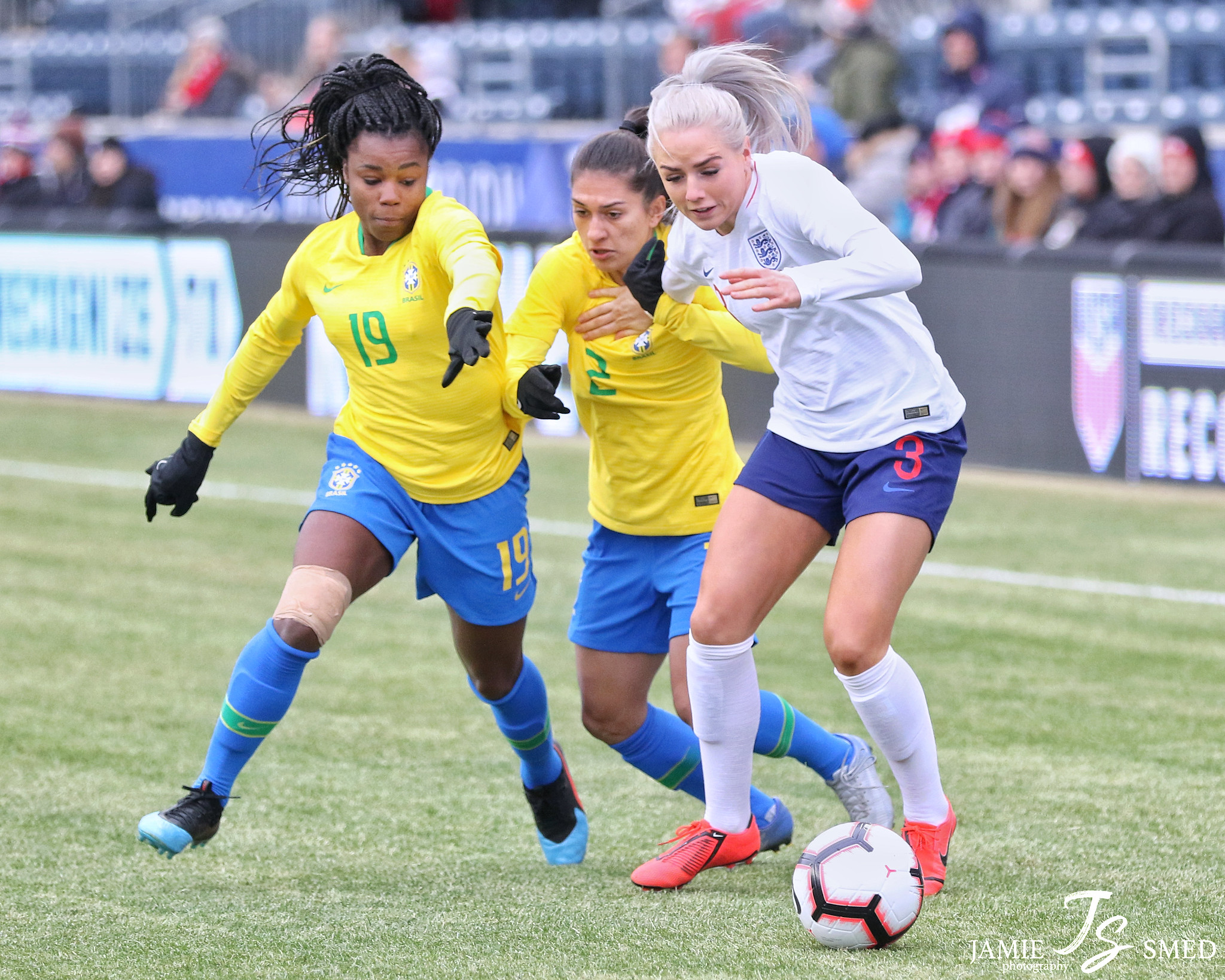On Thursday, more than 200 women hockey players, including American and Canadian stars, announced they won’t be playing in a professional league next season. In a statement, they said they can’t adequately train and prepare to play at the professional level with pay as low as $2,000 a season and no health coverage. Meanwhile, 28 women on the championship U.S. women’s soccer team are now suing the U.S. Soccer Federation, demanding equal pay for equal work.
Hofstra University professor Brenda Elsey says this movement echoes what’s happened with women’s soccer over decades in Latin America. Elsey co-authored the book “Futbolera: A History of Women and Sports in Latin America.” “Futbolera” literally translates to “a woman who plays soccer,” but Elsey says the book goes deeper than that.
“We’re using it as a way to understand how women who are active in sports face a number of challenges, and how we can sort of rethink the history of gender in Latin America through studying those,” Elsey says.
Much of the book focuses on Brazil, and not just because of soccer’s prominent role in its culture. An authoritarian regime banned women’s soccer in 1941, and the medical establishment backed it up on the basis of maternal health. The ban lasted until 1979.
“One of the issues – and this is different in the United States – is that soccer had become so fused with national identity, and so important to ideas of constructing proper masculinity, that women playing soccer was very threatening on a number of many levels,” Elsey says.
While Brazil ostracized women from soccer for decades, Elsey says other Latin American countries did similar things to discourage women from playing the sport, like publicly shaming them by questioning their sexuality, health or physical development.
“The rest of the continent certainly had more informal ways of preventing women’s soccer development,” Elsey says.
Elsey says the argument that women in sports don’t receive the same pay because their teams typically don’t bring in as much revenue is flawed. She says U.S. women’s soccer, for example, brings in at least as much money as the men’s teams. Also, in Latin America, she says men’s soccer didn’t flourish without help from the government.
“The governments have put quite a lot of money in the early 20th century into growing those clubs and those sports, so it’s an argument that sort of pretends that the market was just created right now,” Elsey says.
In addition to collaborating with scholars and archivists, Elsey and her co-author Joshua Nadel interviewed current and former players. They talked to Sisleide do Amor Lima, known as Sissi – a former player for the Brazilian women’s national team, and a Golden Boot award winner in 1999. Sissi grew up when it was illegal for women to play soccer, so she would rip the heads off her dolls and use those as soccer balls.
“It was just this amazing story of a pioneer who could picture something and make it happen, and bring it into existence,” Elsey says.
Elsey says she hopes her book will give female athletes information so they can argue that unequal treatment is not a new problem; that it’s the result of a century of systemic exclusion, and won’t fix itself.
“We’re also hoping to kind of debunk the idea that people just don’t like women’s sports,” Elsey says. “We just don’t think that’s true in Latin America.”
Written by Sara Schleede.
















